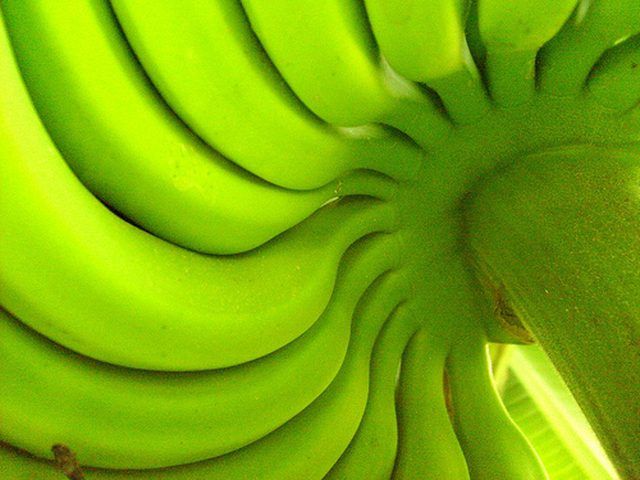Bulbs
Flower Basics
Flower Beds & Specialty Gardens
Flower Garden
Garden Furniture
Garden Gnomes
Garden Seeds
Garden Sheds
Garden Statues
Garden Tools & Supplies
Gardening Basics
Green & Organic
Groundcovers & Vines
Growing Annuals
Growing Basil
Growing Beans
Growing Berries
Growing Blueberries
Growing Cactus
Growing Corn
Growing Cotton
Growing Edibles
Growing Flowers
Growing Garlic
Growing Grapes
Growing Grass
Growing Herbs
Growing Jasmine
Growing Mint
Growing Mushrooms
Orchids
Growing Peanuts
Growing Perennials
Growing Plants
Growing Rosemary
Growing Roses
Growing Strawberries
Growing Sunflowers
Growing Thyme
Growing Tomatoes
Growing Tulips
Growing Vegetables
Herb Basics
Herb Garden
Indoor Growing
Landscaping Basics
Landscaping Patios
Landscaping Plants
Landscaping Shrubs
Landscaping Trees
Landscaping Walks & Pathways
Lawn Basics
Lawn Maintenance
Lawn Mowers
Lawn Ornaments
Lawn Planting
Lawn Tools
Outdoor Growing
Overall Landscape Planning
Pests, Weeds & Problems
Plant Basics
Rock Garden
Rose Garden
Shrubs
Soil
Specialty Gardens
Trees
Vegetable Garden
Yard Maintenance
What Is the Scientific Classification for Banana Plants?
What Is the Scientific Classification for Banana Plants?. Bananas are herbaceous plants native to tropical Southeast Asia. Banana plants produce the seedless banana fruit, valued worldwide for its sweet taste, sticky texture and high vitamin content. Despite their tree-like appearance, banana plants are scientifically classified as herbs.

Bananas are herbaceous plants native to tropical Southeast Asia. Banana plants produce the seedless banana fruit, valued worldwide for its sweet taste, sticky texture and high vitamin content. Despite their tree-like appearance, banana plants are scientifically classified as herbs.
Kingdom
Banana plants belong to the kingdom Plantae, or plant kingdom. Trees, green algae, herbs and grasses also fit into this category. Most organisms in the plant kingdom acquire their nutrients through photosynthesis.
Secondary Kingdom
Banana plants also fit into the slightly more specific kingdom of flowering plants, or Angiosperms. Banana plants have edible flowers that are served in some Southeast Asian dishes.
Order
Banana Plants belong to the order of Zingiberales, or flowering plants. Ginger and arrowroot also belong to this order.
Family
Banana plants belong to the Musaceae family. Plants in the Musaceae family are native to tropical regions in Asia and Africa and have a tree like appearance.
Genus
The genus of the banana plant is Musa, one of three genera in the Musaceae family. Plantains, a plant similar to the banana that is frequently used for cooking, is also in this genus.